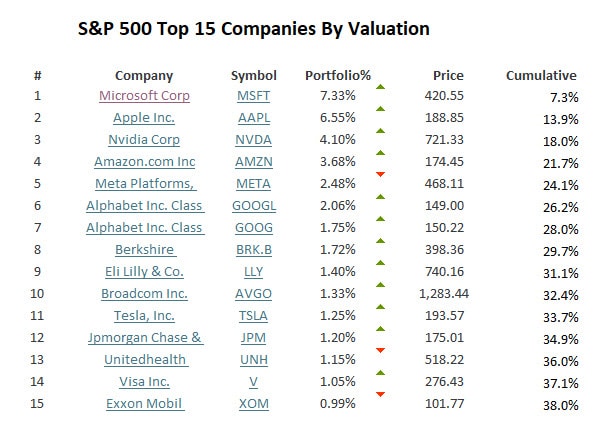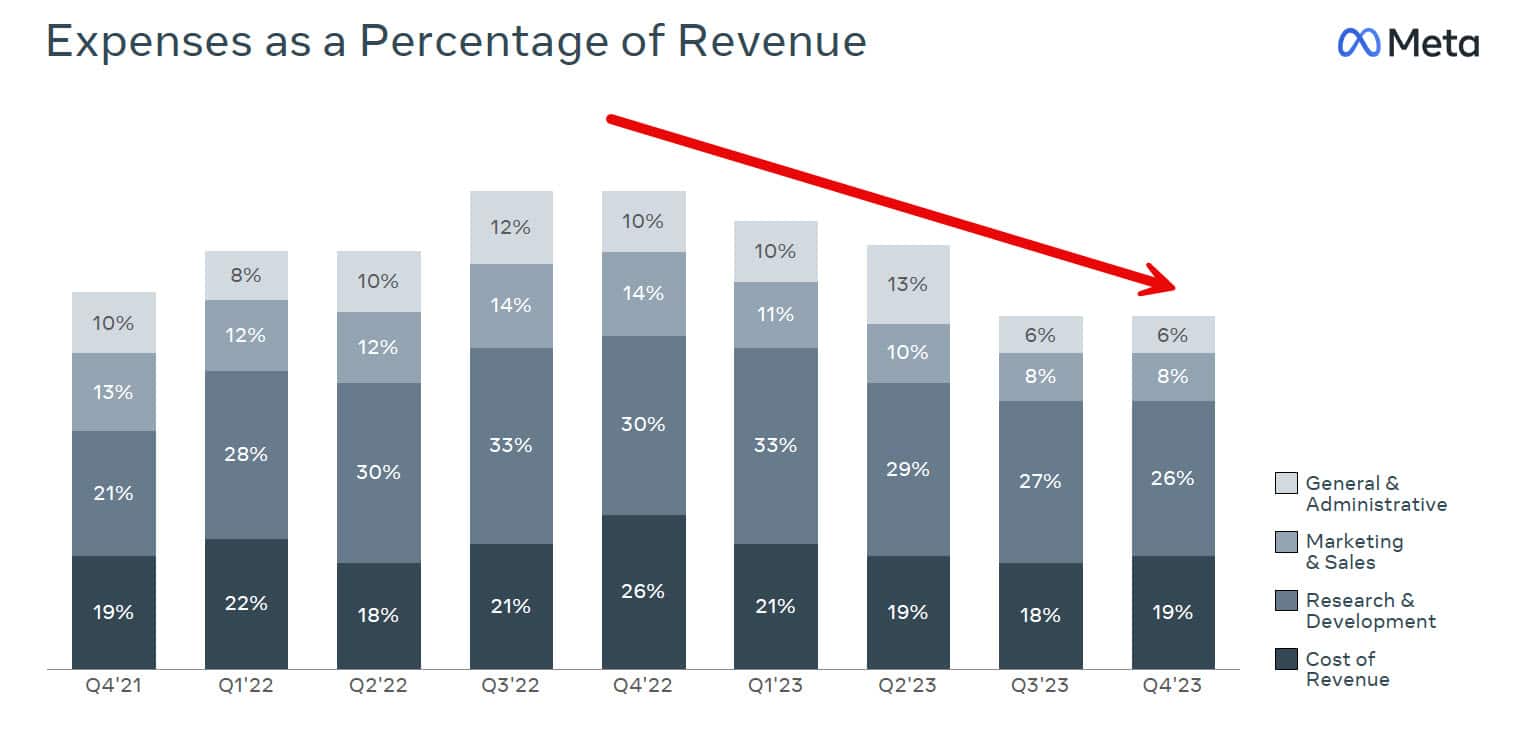Are You Ready For This New Go-Go Economy?
The American economy has transformed itself. Covid-19 was first identified in January of 2020, four years ago. And despite the peak unemployment of 14.7% in Spring of that year, the US economy is now booming. Here’s the evidence:
Bloomberg reports that 80% of the S&P 500 Index companies reported earnings above plan, exceeding the ten year average of 74%. Fourth quarter earnings grew at 6.5% from a year earlier, and the S&P 500 index just hit a record. If you look at the US as a whole, we recovered all the jobs lost from the pandemic in 2022 and the wealth of Black and Hispanic families grew by 61% and 47% respectively, outpacing the 31% increase for white families.
And there’s more to come: the Infrastructure Investment and Jobs Act, Inflation Reduction Act, and CHIPS and Science Act have just barely started to pump money into the economy (all three bills total almost $2 Trillion). And to make it even better, a recent survey shows that consumer sentiment jumped 13 % in January 2024 compared to the previous month and is 21.4 % higher from year ago levels.
And amidst all this growth and profitability, we have 8.1 million jobs open (up 12% in one year) and the unemployment rate is 3.7%. And with all this investment taking place, one can expect the labor shortage to just get worse.
My question is this: are you ready?
Our research shows that good times like this cause stress. Not every company is performing at this level. The “Magnificent Seven” (Apple, Amazon, Meta, Google, Microsoft, Nvidia, and Tesla) make up almost a third of the S&P 500 by value and many great companies are struggling to keep up. While Netflix outperforms, Disney is going through a transformation. The auto makers just had a rough year with strikes and EVs that won’t sell. And while Walmart and Amazon are flying, many retailers like Nordstrom, Target, and Macy’s are reinventing themselves.
And even the high flyers go through stress. Note that Tesla’s stock is actually down from its price one year ago and it’s earnings multiple today (45) is the lowest I’ve ever seen. The “speed of change” (second derivative) in business has gone up so “go-go times” can be quite daunting.
 |
Let me get back to the big message in our 2024 Predictions report. This is not a time to hire, hire, hire. This is a time to tune, tune, tune. As I discuss in this week’s podcast, most recruiting functions are struggling to deal with this labor market and we need to re-engineer lots of internal systems and approaches. AI is going to transform a lot of white-collar jobs this year, so before you hire to grow it’s a good idea to figure out what roles you’ll really urgently need.
CEOs believe that AI will increase white collar productivity by 17%, that ultimately should translate into less hiring and more growth… once we figure out how to use this amazing technology.
For those of us in HR, it means we have lots of work to do. We need to prioritize the focus on what we call Systemic HR – integrating our standalone talent practices into a seamless set of solutions. We need to get deeply involved in business unit re-engineering. And we need to upskill our HR teams to deal with the new cross-functional work that needs to be done.
Three stories to give you some ideas:
Last year Panasonic’s battery factories (which have been running at full speed) were rapidly hiring more and more production workers to keep up. Employees were billing overtime and quality was suffering. While it seemed like a staffing problem, the HR business partner found different. After analyzing production data, they found that if one of their lines had more than 50 people scheduled and staffed, productivity actually decreased.
The result? The management team stopped all this hiring, reduced lots of overtime, and production volumes increased. Thanks to a spectacular HR business partner the manufacturing team learned how to grow their performance with far fewer people.
Meta (Facebook) had 86,482 employees at year-end 2022. The company announced in January that over the last 18 months they reduced staff by 22%, while Q4 revenues went up 25% in Q4 (total revenue is now $140 billion). This translates to $1.9 million per employee, one of the highest financial productivity measures in the software industry. To give you an example, Workday’s revenue per employee is around $230K, Oracle’s is $378K, and Microsoft’s is $863K, and Google is around $1.6M.
Here is their operating cost reduction, pretty impressive.
 |
Providence Healthcare, one of the largest hospital networks in the northwest, has been struggling with a shortage of clinical professionals for years (as has every other healthcare provider). And this problem is getting worse: there is a shortage of 2.1 million nurses projected in the coming three years and almost half the new jobs expected in the next decade (BLS estimates) will be in healthcare.
Again, rather than “hire, hire hire” Providence has been going through detailed work analysis of every clinical role in its facilities and is using AI-powered scheduling and decomposing work to take any “non-credentialed work” away from nurses to let other clinical technicians do these tasks.
“We’re breaking down every role and operational process to its lowest level to determine how we might improve our caregivers’ experience while improving capacity, cost, quality, and our patients’ experience,” said Greg Till, the CHRO. “We’re looking to deconstruct and redesign specific jobs as well as units, such as OR and ER, where people work closely in teams. We’re even rethinking what hospitals might look like in 2030 versus today, and how we might need to change our systems, structure, and tools to support them.”
Kaiser Permanente grew its healthcare revenues to $100.8 Billion last year (up 5.6%) and increased its net operating income by $1.7 billion through additional automation and staff savings. In healthcare, where the net income margins are extremely low, these types of efficiency programs fuel the operation’s ability to grow.
Growth Through Productivity And Focus
Every economic cycle is a bit different. This time we have booming demand in a time of high interest rates and lagging inflation. This means we all have to deal with competitive pressures to grow throttled by tremendous challenges to hire. This means that leaders have find ways to simplify what we do, rapidly develop internal staff, highly tune recruiting, and facilitate mobility and leadership development.
For much of my career growth meant hiring. This time our organizations are challenged with a new paradigm: can your company grow through focus, productivity improvement, and simultaneous improvements in the lives of your workers? I think we’re up for it, but it’s going to be a whole new ballgame.
Additional Information
Why Do Companies Hire Too Many People?
HR Predictions for 2024: The Global Search For Productivity
The Dynamic Organization: How To Design For Growth
AI in HR: Brand New** Certificate Program From The Josh Bersin Academy
The Organization Design Superclass: Certificate Program On Agile Team Design


